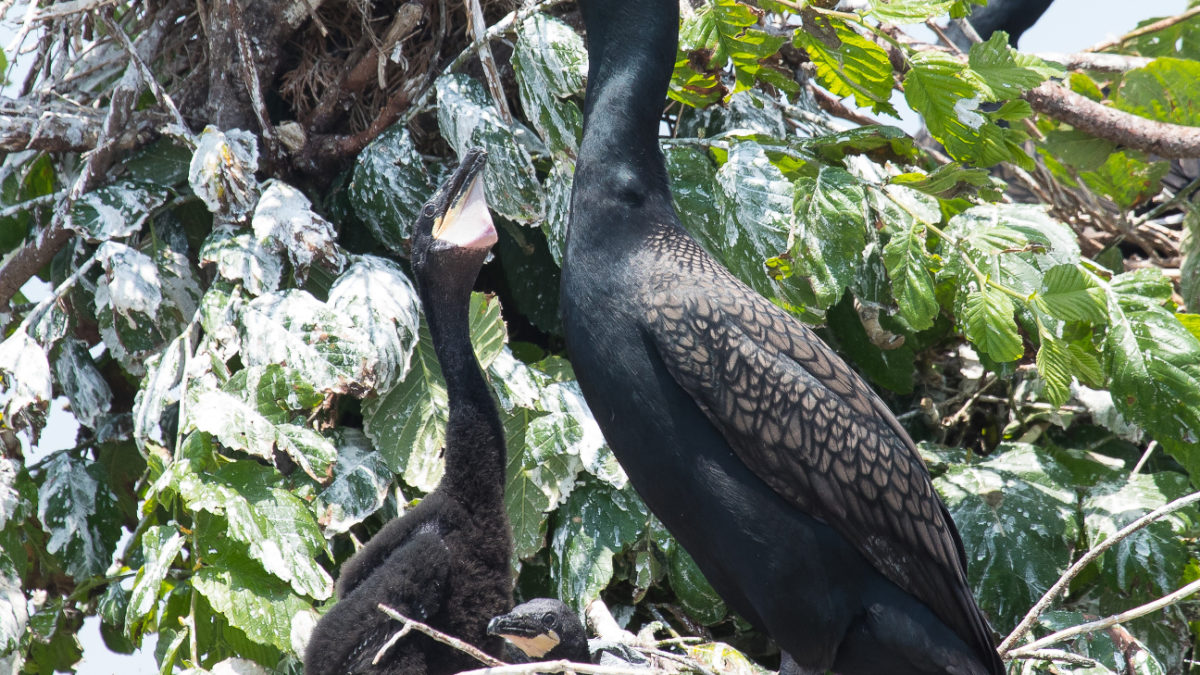Virginia Cormorants Continue Historic Rise

Descended from Royalty
January 12, 2022
The annual cycle of whimbrels
January 13, 2022By Bryan Watts
1/13/2022
The double-crested cormorant is a widespread species throughout North America with significant breeding populations in the Northeast, Great Lakes, Pacific Northwest and Alaska. Smaller populations occur in the Southwest, Florida, Cuba, Bahamas and the eastern coast of Mexico. Over the past two hundred years, double-crested cormorants have been on a wild roller coaster ride with fluctuations often due to heavy human persecution or contaminants. Cormorants reached a low by the early 1900s, recovered through the 1940s and plummeted to a low again by the 1960s (due to the synergistic effects of control and contaminants). During the early 1970s, they were considered a species of concern within multiple jurisdictions and were added to the list of protected species under the Migratory Bird Treaty Act.
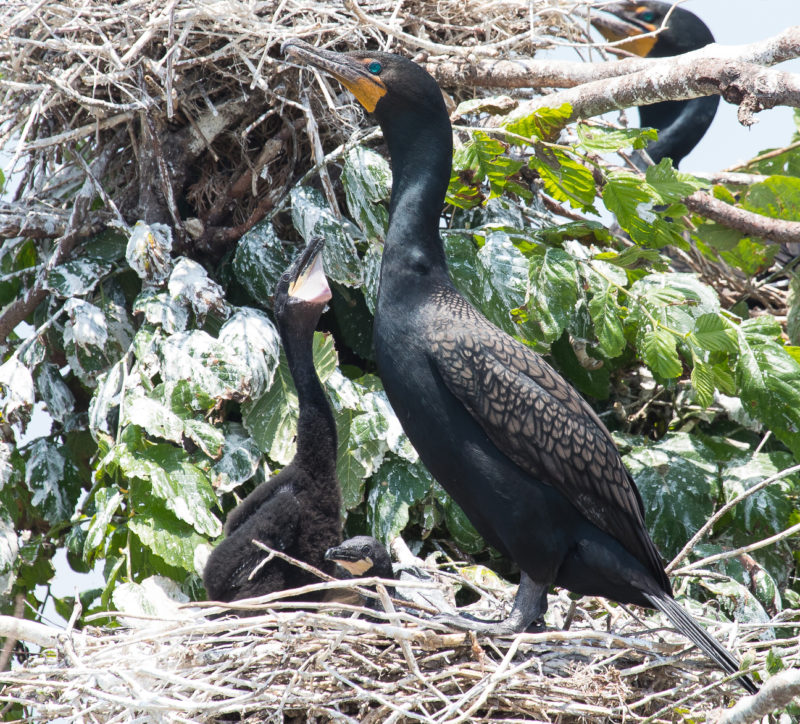
Since 1975 cormorants have shown explosive recovery, particularly within the Great Lakes and Northeast populations. Concerns about growing numbers have lead to both local and large-scale control efforts to reduce the possible impact of populations on commercial and recreational fisheries within both breeding and wintering areas. By the early 2000s, population growth began to slow or stabilize due possibly to saturation and control measures.
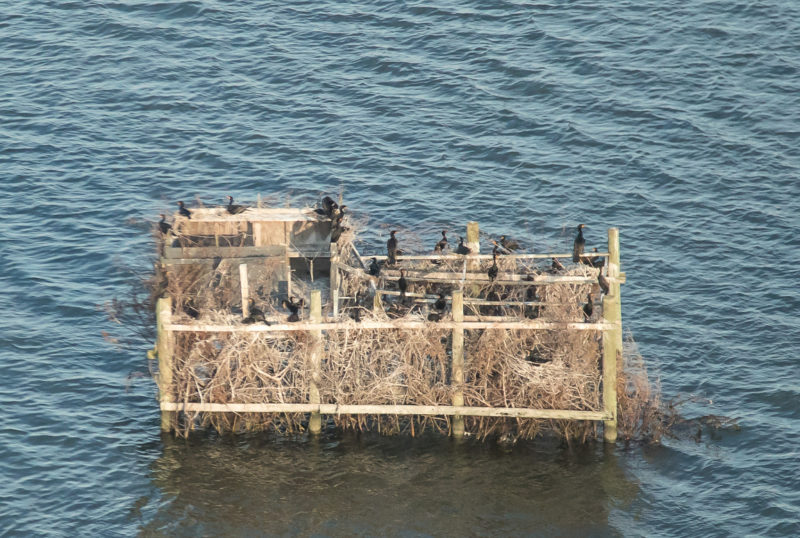
One of the most interesting aspects of the recent recovery period has been the establishment of breeding populations within the mid-Atlantic region. First breeding records were recorded for Virginia in 1978, for Maryland in 1990 and for Pennsylvania in 1996. Over the past 20 years, the mid-Atlantic has represented the region with the highest population growth throughout the species range. CCB has monitored the size and distribution of the breeding population in Virginia since the 1980s. With the exception of successful efforts to disband a small colony on a ship within the James River ghost fleet, no control measures have been implemented such that the population has been free to colonize and grow without constraint.
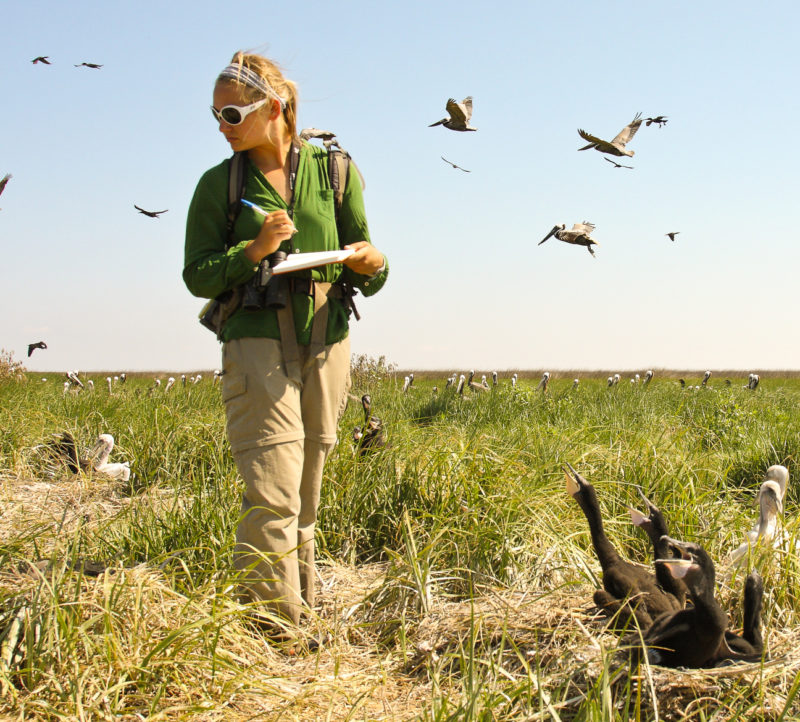
Between 1978 (when Charlie Blem discovered pairs nesting on the James River near Hopewell) and 2018, the Virginia double-crested cormorant population has grown exponentially with an average doubling time of 4.1 years. During this 40-year period, the population has increased from 6 to 5,012 pairs. Over the years we have discovered colonies in a wide variety of settings, including forested islands, transmission towers, duck blinds and bay islands. All colonies with a notable exception have established, increased for 10 years and then stabilized. The exception is the Shanks Island colony in the Bay above Tangier. When Mitchell Byrd and Bryan Watts first surveyed this site in June of 1993 they found six nests. In 2018, this colony supported more than 4,600 pairs or nearly 92% of the state population.
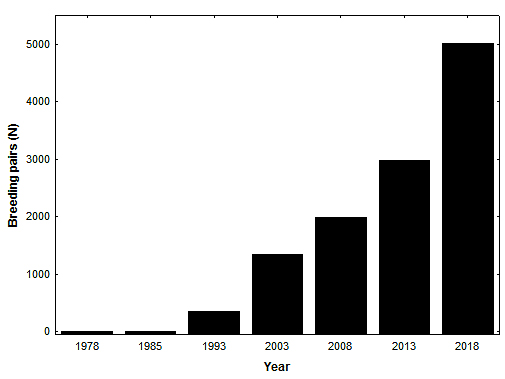
The next survey for double-crested cormorants is scheduled for the spring of 2023. It will be interesting to see if the Shanks Island colony shows signs of slowed growth or stabilization.

